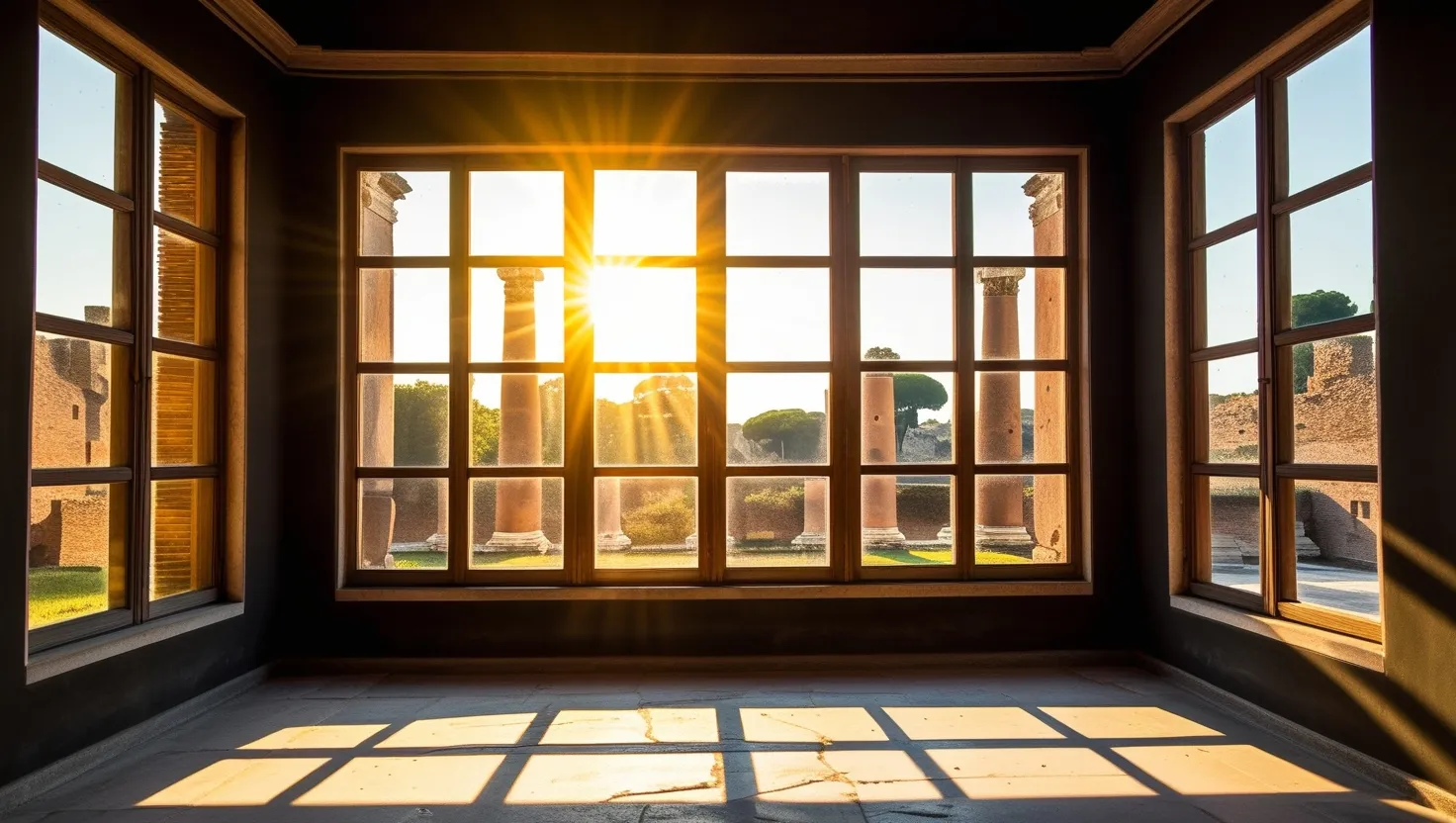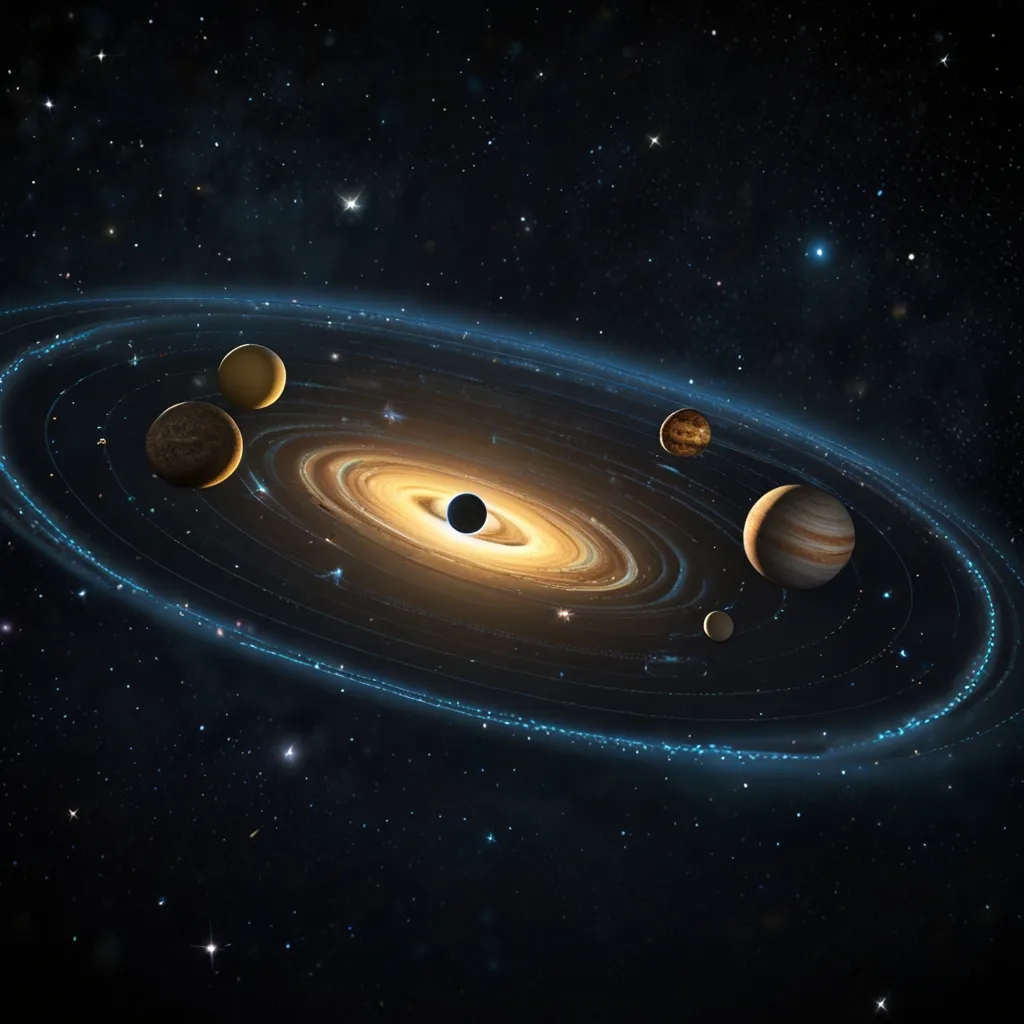As I delve into the realm of climate science, it’s astounding to reflect on the transformative advancements that have reshaped our understanding of the Earth’s climate. These breakthroughs, often born from innovative techniques and relentless curiosity, have not only enriched our knowledge but also guided critical actions to mitigate the impacts of climate change.
One of the most significant leaps in climate science came with the development of ice core drilling techniques in the 1960s. Imagine drilling into the icy heart of Antarctica, extracting cores that contain air bubbles and isotopes frozen in time, each layer a snapshot of Earth’s climate history. These ancient ice cores have provided an unparalleled window into the past, revealing how temperatures and atmospheric compositions have fluctuated over hundreds of thousands of years. For instance, the Vostok ice core, drilled in the 1990s, extends our climate record back an astonishing 800,000 years, showing a clear correlation between greenhouse gas levels and temperature changes. This historical context is invaluable, allowing scientists to better understand current climate trends and predict future changes.
Around the same time, the launch of weather satellites revolutionized meteorology and climate monitoring. These orbiting observatories began to provide continuous, global data on atmospheric conditions, ocean temperatures, and ice cover. The Nimbus III satellite, for example, was the first to include instruments that could measure atmospheric temperature, confirming the warming of Earth’s lower atmosphere. Today, satellites like those in the European Union’s Copernicus Earth observation programme offer unprecedented accuracy in measuring global surface temperatures, giving us a detailed picture of how Earth’s climate is evolving.
The 1970s saw another pivotal moment with the creation of global climate models. These computer-based simulations integrate data from the atmosphere, oceans, land surfaces, and ice, allowing researchers to project future climate scenarios and assess the impact of human activities. The pioneering work of Syukuro Manabe and Richard Wetherald in 1967 laid the groundwork for these models. Their first accurate computer model of Earth’s climate predicted that doubling CO2 levels could raise global temperatures by about 2°C, a prediction that has held remarkably true. Today, supercomputers like JASMIN process vast amounts of data from satellites, enabling more sophisticated and accurate climate modeling.
In 1985, a dramatic discovery over Antarctica shook the scientific community and the world at large. The revelation of the ozone hole, a vast depletion of the ozone layer above the Antarctic, highlighted the devastating impact of human activities on Earth’s atmosphere. This finding led to the Montreal Protocol, an international agreement to phase out ozone-depleting substances. The success of this protocol serves as a powerful example of how scientific evidence can drive global environmental action, setting a precedent for addressing other critical issues like climate change.
Another lesser-known but equally significant advancement is the development of dendrochronology, or tree ring dating, in the early 20th century. By analyzing the width and density of tree rings, scientists can infer historical temperature and rainfall patterns. Each ring tells a story of the conditions under which it grew, providing a natural archive of climate variability. For instance, studies in the McMurdo Dry Valleys of Antarctica have used tree rings to reconstruct summer temperatures over the last 900 years, revealing distinct periods such as the Medieval Warm Period and the Little Ice Age. This method offers valuable data for understanding long-term climate trends and how they have influenced ecosystems.
In recent years, the integration of big data and advanced statistical software has further enhanced our ability to predict and manage climate-related changes. Researchers like Jim Clark at Duke University are using massive datasets to track how individual trees from nearly 600 species are responding to a warming climate. His work has shown that younger trees increase seed production as temperatures rise, while older trees are less responsive, and most species are not yet spreading to cooler climates. These insights are crucial for developing conservation strategies and predicting the future landscape of our planet.
As we continue to face the challenges of climate change, it’s clear that these scientific advancements have been more than just milestones; they have been the foundation upon which our current understanding and actions are built. Each breakthrough has not only expanded our knowledge but also underscored the importance of continued innovation and collaboration in the pursuit of a sustainable future. As we look ahead, it’s imperative to leverage these advancements to make informed decisions and to ensure that our actions are guided by the best available science. The story of climate science is one of relentless curiosity and innovation, and it is this spirit that will continue to drive us forward in the face of one of humanity’s greatest challenges.






